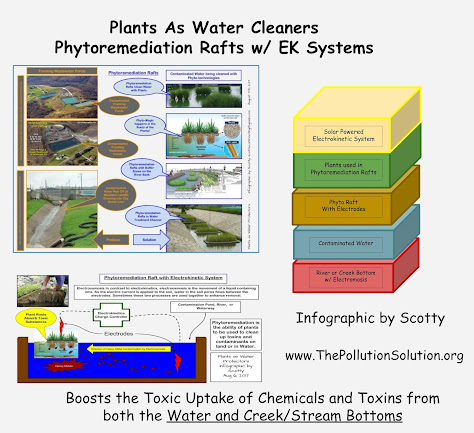this was a @EPA and @DeptofDefense funded research project in Vietnam for Dioxin and Agent Orange remediation/soil reclamation. aka the EPA knows there are solutions avail to help in the #OhioChernobyl https://t.co/mMcCJWgnfg
— systembuster (@stlsystembuster) February 26, 2023
Ohio Trainwreck Bioremediation Soil Treatment Research
JOINT STUDY OF BIOREMEDIATION AT PILOT SCALE FOR DETOXIFICATION OF HERBICIDE/DIOXIN IN DA NANG HOT SPOT, VIETNAM
Conclusions Aerobic bioremediation is capable of significantly reducing TCDD toxicity (p=0.0026). Bioaugmentation with small amounts of treated soil or contaminated sediment may be effective for anaerobic treatment. However, if suitable growth conditions are provided, the indigenous microbes in the mixed soil and sediment at Da Nang appear capable of degrading TCDD without adding another source of microbes. Anaerobic bioremediation rate is about half the rate of aerobic treatment, but the results are not as significant (p=0.25). From our of point active landfill containing both aerobic and anaerobic degradation become feasible resolution for detoxification of heavy herbicide/dioxin in full scale in Vietnam.
Bioremediation is recognized as a “Green Technology,” which has a very low energy requirement and produces few emissions. Bioremediation is a permanent solution which produces a soil which can be returned to beneficial use. Knowledge gained from this project by both Vietnamese and US scientists will allow for design of customized recipes suitable for addressing dioxin and other persistent organic pollution problems throughout Vietnam and elsewhere
@EPA Own Publications explained how to deal with #Ohio Chemical Incineration > U.S. Congress, Office of Technology Assessment, Dioxin Treatment Technologies Background Paper, OTA-BP-O-93 (Washington, DC: U.S. Government printing Office) pic.twitter.com/2VDdPloAYg
— systembuster (@stlsystembuster) February 26, 2023
This type of Incinerator is very similar to the #Downdraft #Gasifer Offgrid Hot Water and Hot Air system I designed and shared months ago. https://t.co/Im01RKt8uo pic.twitter.com/jGsSxS4aor
— systembuster (@stlsystembuster) February 26, 2023
#OhioChernobyl Research Files https://t.co/h1F8Khg5h6 to cleanup the #chemicals
— systembuster (@stlsystembuster) February 26, 2023
This research paper from 1991 from the EPA CluIn Files for #Dioxin Incineration System provides a Diagram source file:
Dioxin Treatment Technologies
November 1991 OTA-BP-O-93 NTIS order PB92-152511 pic.twitter.com/VPsyW4ZqW1











